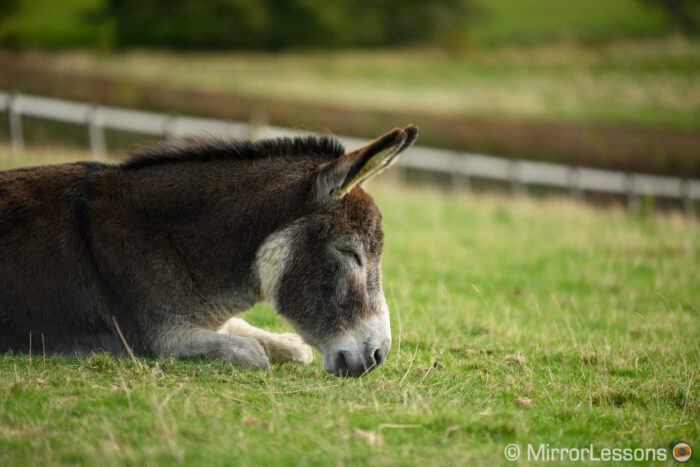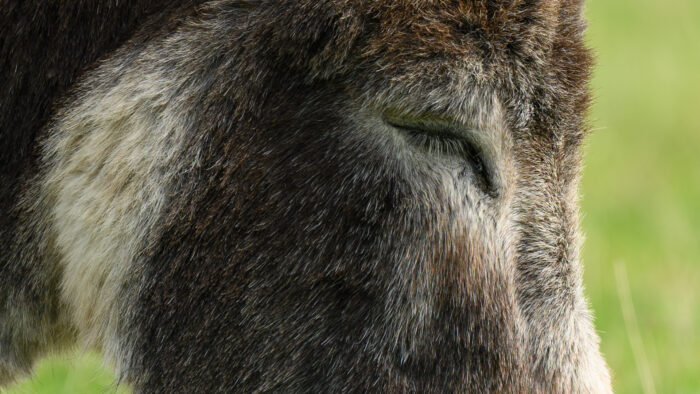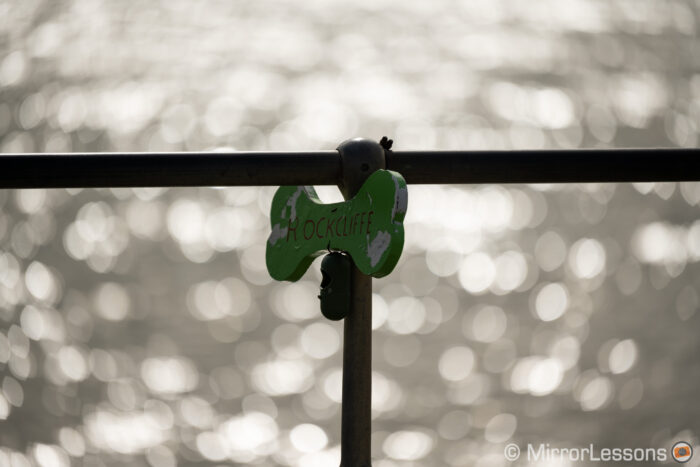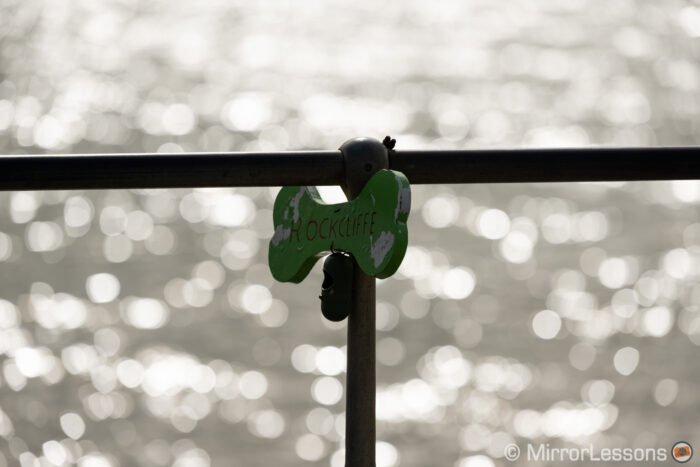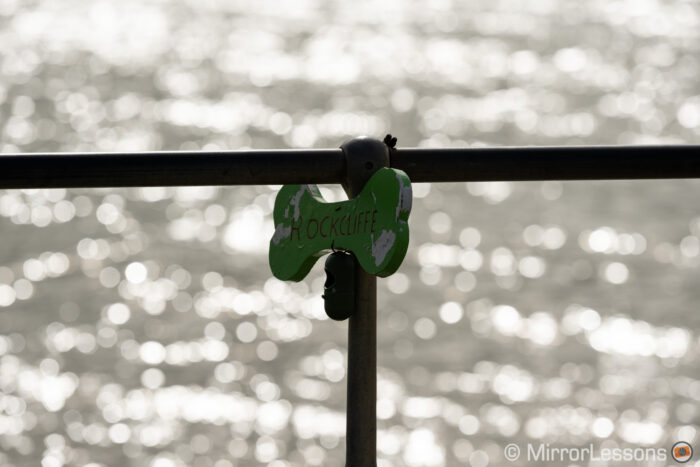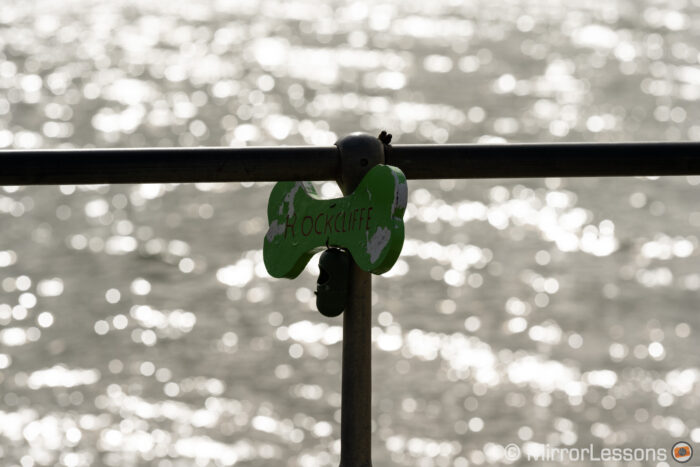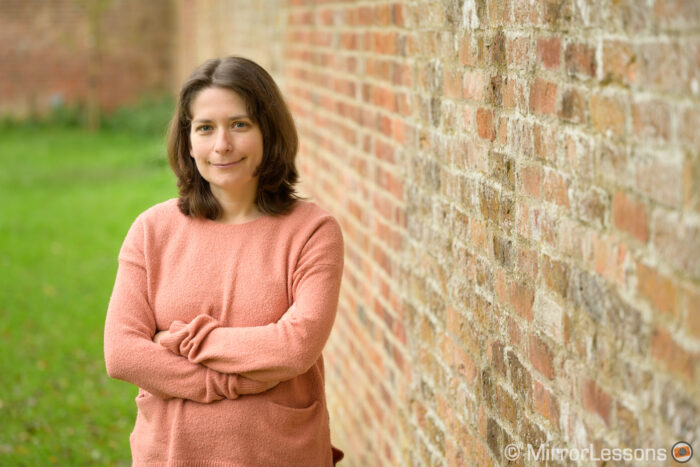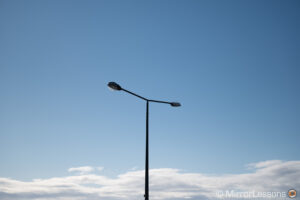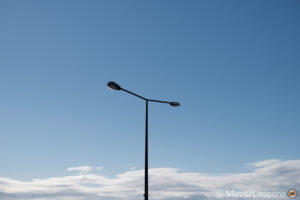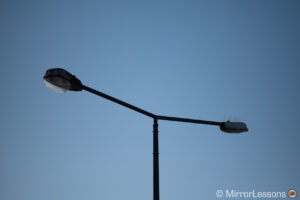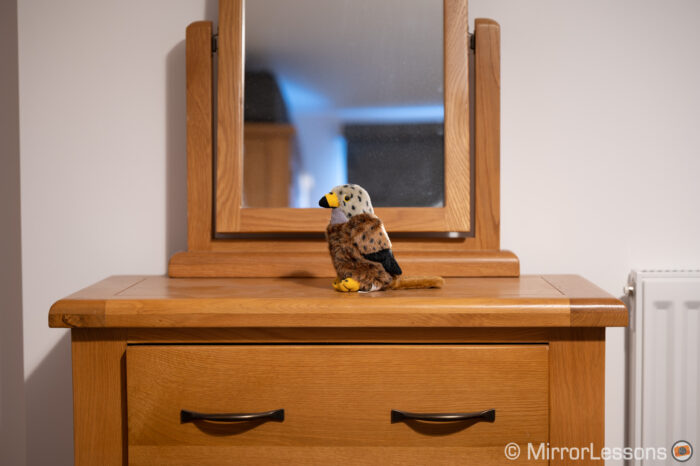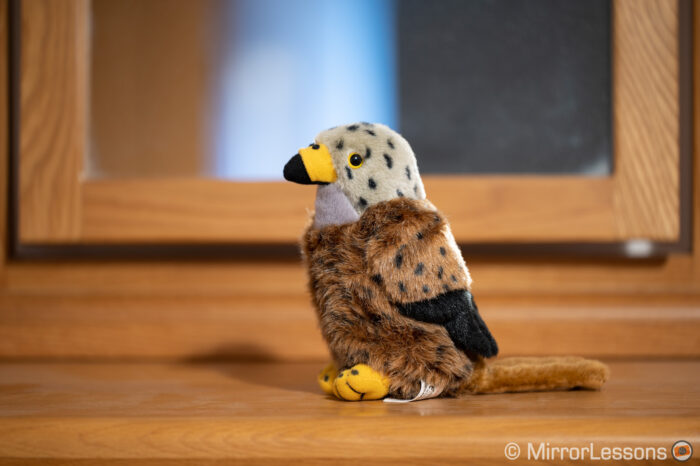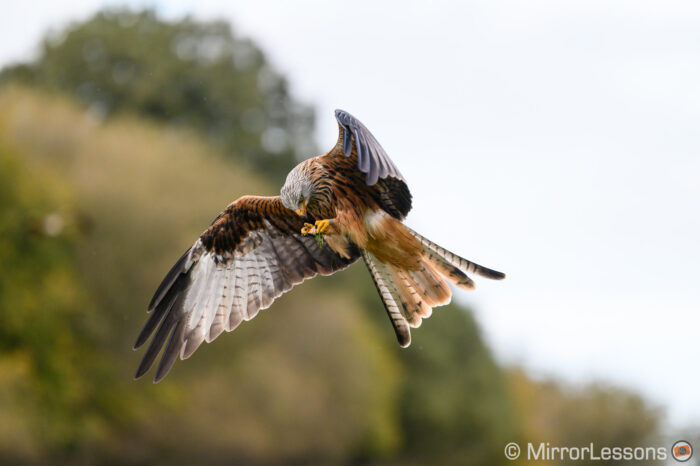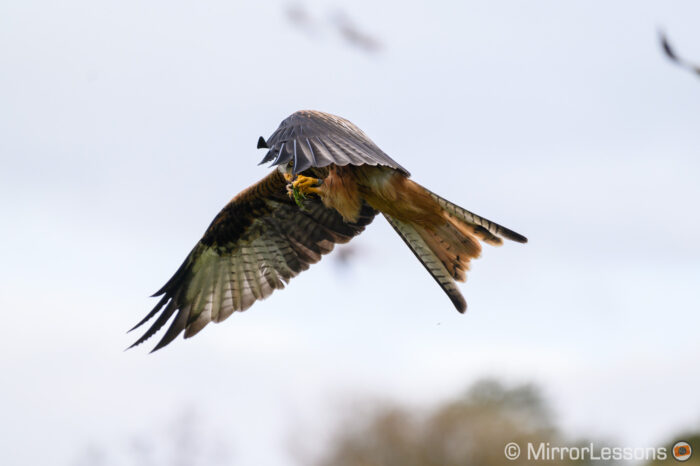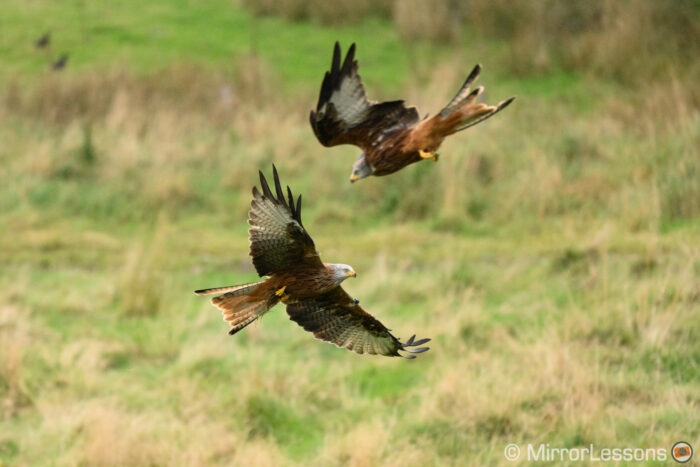In a recent video published on our YouTube channel about using the Nikon Z50 and Z6 for birds in flight, some viewers asked me if I could try the new 70-200mm 2.8 and teleconverters for Z-mount.
I had the chance to get my hands on the zoom lens and the TC 1.4x (the 2.0x version wasn’t available yet). I tested the optical performance and used the kit, along with the Z6 and Z7, at one of my favourite red kite feeding stations.
Ethics statement: We own the Z6, while the rest of the equipment was loaned to us by Nikon UK. We were not asked to write anything about these products, nor were we provided any other compensation of any kind. Within the article, there are affiliate links. If you buy something after clicking one of these links, we will receive a small commission. To know more about our ethics, you can visit our full disclosure page. Thank you!
TABLE OF CONTENTS
1. Video Review
2. Design and ease of use
3. Quality and feedback
4. Birds in flight with TC 1.4x
5. Conclusion
– Sharpness test (page 2)
Video Review
This article is available in video format if you prefer to watch and listen rather than read! Please give us a thumbs up and subscribe to our YouTube channel!
Nikon Z 70-200mm 2.8: design and ease of use
Nikon hasn’t tried to make its mirrorless lens smaller than the equivalent 70-200mm 2.8 for the F-mount DSLR system. Their new Z version is a bit longer in fact, and almost equal in weight.
It has a nice minimalistic all-black design, feels solid and is very well built as you’d expect from a lens of this calibre.
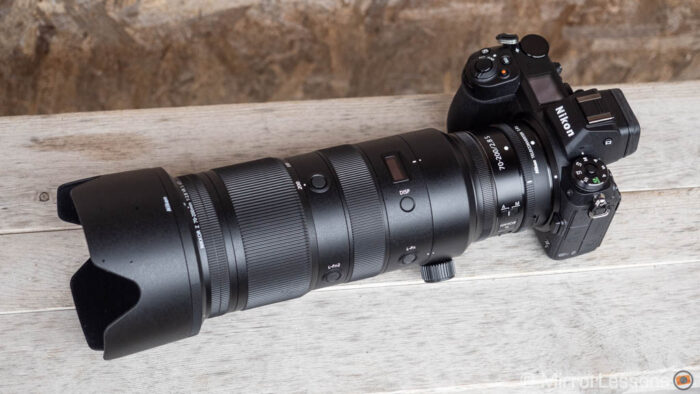
The zoom ring is smooth and precise, and the fly-by-wire focus ring is surprisingly nice to use. The lens exhibits no focus breathing which makes it a good fit for video use.
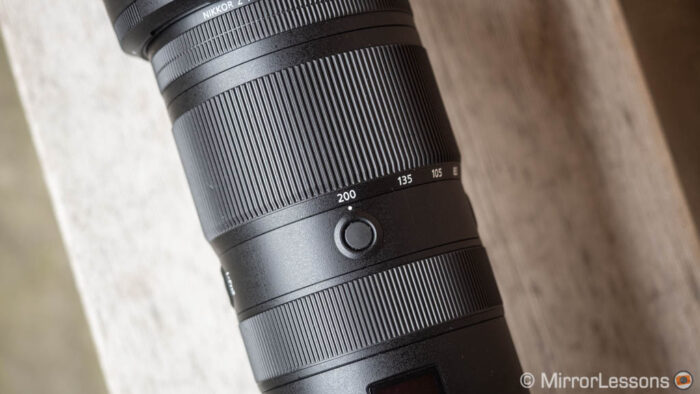
There is a third ring that can be customised (ISO, aperture or exposure compensation) but it is a bit uncomfortable to reach because it sits close to the mount in an area that is smaller than the rest of the barrel. In my opinion, it would have been better to place it at the other end next to the front element.
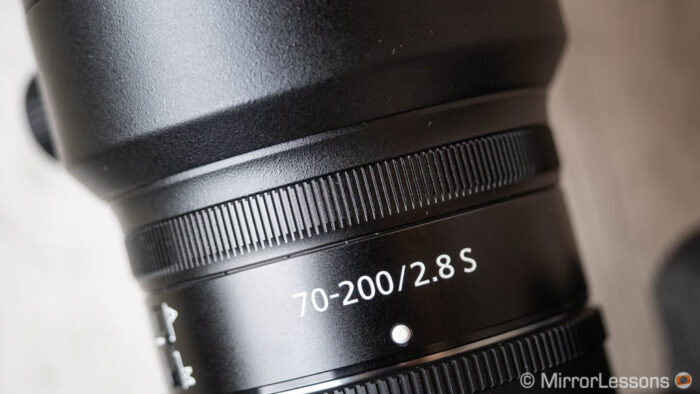
Then we have two function buttons that can be customised, and an OLED screen. The little monitor can show you the focus mode or focus limiter you select, the aperture, the focal length or the focus distance. With the latter, there is also a small bar at the bottom that widens as your depth of field increases. It’s not a precise indication but it gives you an idea.
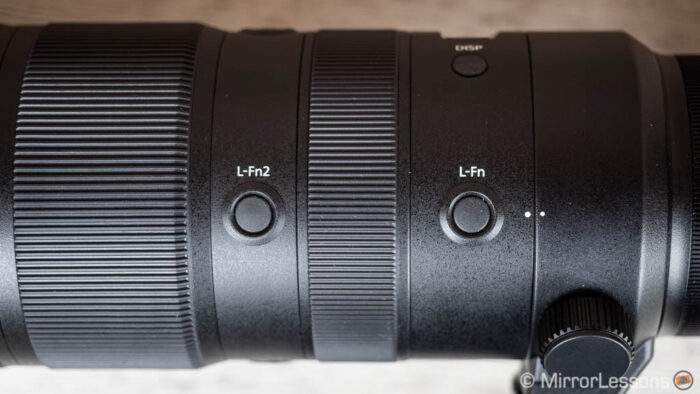

That said, it turns off very quickly which can be annoying at times. Also, it would have been nice if it could show the exact focus distance you’re using rather than just a scale.
The hood is quite small, made of lightweight plastic and has soft material on the inside. It has a locking mechanism and an unlock button to remove it.
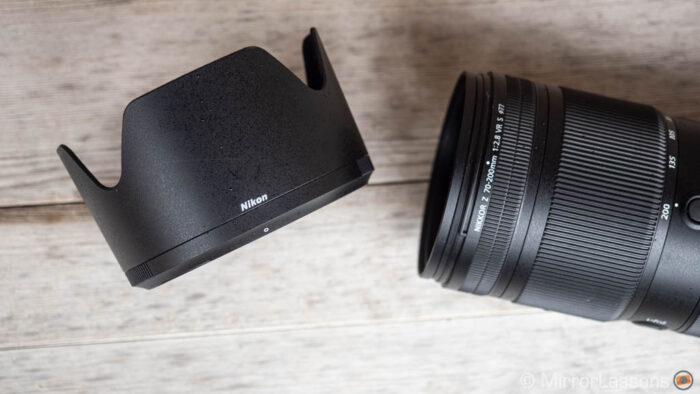
Finally we have the tripod mount, which can be rotated or removed quickly with the help of a knob and lever. When removed, it unveils a second thread if you want to attach an an accessory to the lens directly.
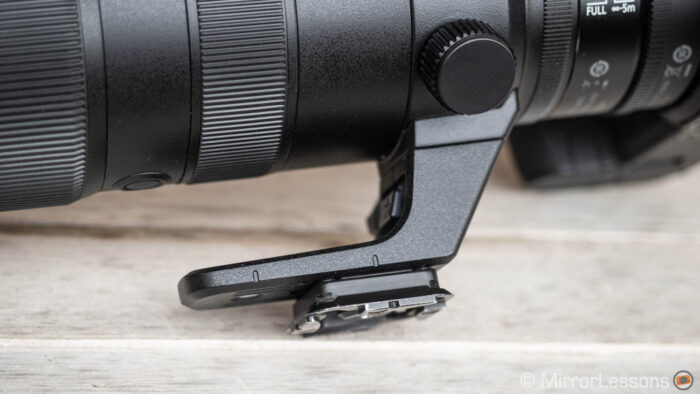
Nikon Z 70-200mm 2.8: quality and feedback
I can’t say that I have tested all the Nikkor Z lenses so far, but of all the ones I’ve used, there is something that stands out right away about this one and that is sharpness.
The 70-200mm follows the same path: it’s razor sharp from 2.8, from 70mm all the way up to 200mm (only 85mm proved a tad soft at the fastest aperture). It’s very good in the corners and the performance doesn’t decrease when shooting at the minimum focus distance. You can check the entire sharpness test further down.
The out of focus background has a distinctive swirly effect with cat’s eye shapes at the edges, and smooth rounded bokeh balls at the centre. As you close the aperture, the swirly effect vanishes but the bokeh balls start to lose their rounded shape.
I like it though, the out of focus area very smooth and creamy when shooting at f2.8.
I did all the usual tests required when revising a lens, and once again there is very little to complaint about:
- it’s chromatic aberration-free
- there is very mild pincushion distortion that you won’t notice 99% of the time
- a weak ghost flare appears when shooting toward a direct light source
- there is a bit of vignetting at f2.8 that almost disappears from f4 (and you can easily remove it in post anyway)
The lens features optical stabilisation (Vibration Reduction in Nikon’s terms) but there is no switch on the barrel, so you activate or deactivate it from the camera. It is combined with the in-body stabilisation of Z5, Z6 and Z7 cameras (roll, x and y on the sensor, pitch and yaw on the lens).
There are two modes to choose: Normal and Sport. The latter is recommended when moving quickly to follow a fast subject that might change direction at any moment, forcing you to do the same with your movement. The Sport setting prevents the VR system from overcompensating for shakes.
A half a second shot hand-held is not impossible at 70mm and 200mm, but the keeper rate is low, meaning that you may get one good image out of ten. To have at least a 50% keeper rate, you should stay at 1/4s at 70mm, and 1/15s at 200mm, or faster if you can.
For video, the stabilisation works well. It’s not perfect but will give you some usable shots if you don’t have any other way to stabilisation your gear. You can also add electronic VR to improve the result a little.
Nikon Z 70-200mm 2.8, TC 1.4x and birds in flight
Here is the main reason I decided to test this lens. With the TC 1.4x, you get a 98mm to 280mm reach, and the fastest aperture becomes f/4.
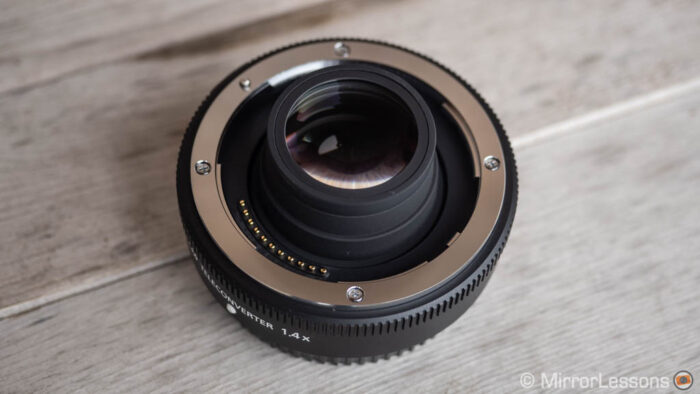
280mm is not very long for birds. Of course it depends on the subject, the location and just how close you can get, but usually I try to work with 400mm at the very least, with 600mm being the ideal focal length.
However luckily for me, the red kite feeding station where I went (Gigrin Farm) is well designed, with the numerous photography hides so that you can be close to the action, and a 300mm equivalent is enough to capture good shots. This is the same location where I went with the X-T4 and 200mm f2 recently.
At the end of the article you will also find my sharpness test with the TC attached, but I can tell you straight away that there is no visible loss.
The AF motor of the lens is very fast, and the TC doesn’t slow it down. In fact, I got a great keeper rate score with the two cameras.
Nikon Z6 with Z 70-200mm 2.8 and TC 1.4x
83%
92%
With the following settings:
- H burst mode (5.5fps)
- Wide-Point (L) AF area
- Focus priority
This test with the Z6 was slightly inferior to my previous test with the 300mm f4 PF (a 3% difference, which is not surprising as this is not a precise lab test, so nothing to worry about).
Nikon Z7 with Z 70-200mm 2.8 and TC 1.4x
The Z7 is the real surprise, with a score that is now second only to the A9 series.
88%
96%
Granted, we could argue that focusing at 280mm is different than focusing at 600mm, but I have to say that I’ve rarely found a huge difference when using shorter or longer focal lengths with the same camera (if the AF system and AF motor are good). Plus this location is more challenging in a way because the birds are flying closer, meaning that the change in focus distance is more demanding and the action is really fast.
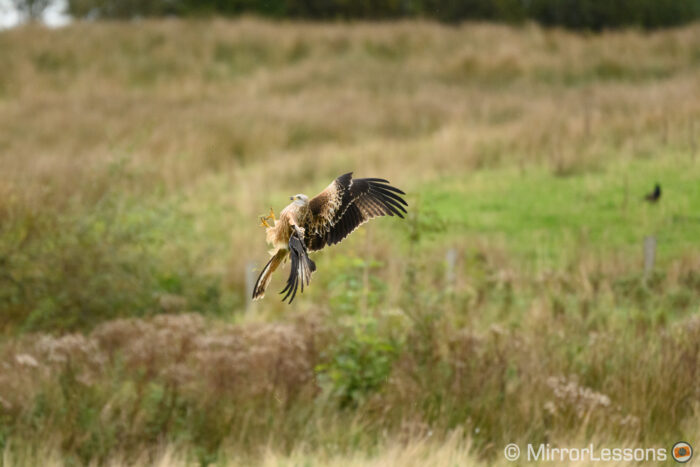
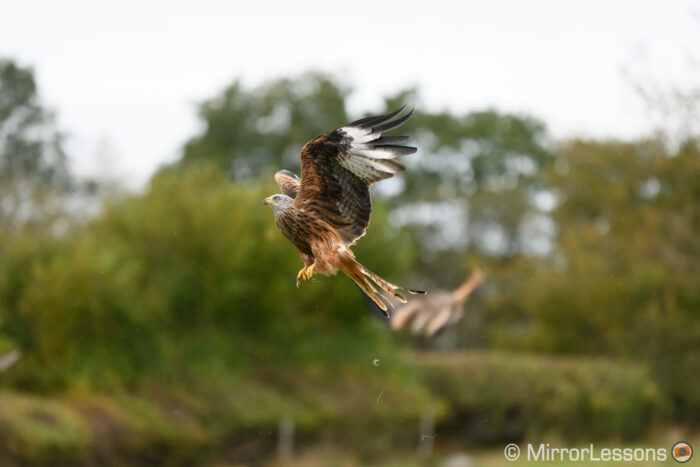
The excellent score with the Z7 confirms the same thing I found with the Z6 earlier: the AF has really improved with the various firmware updates Nikon has given to both cameras.
The advantage with the Z7 is its higher resolution (45MP vs 24MP) giving you more room for cropping. I also tried the DX mode which gives you a 19MP file, hoping that the buffer would improve with the smaller files, but it didn’t change much.
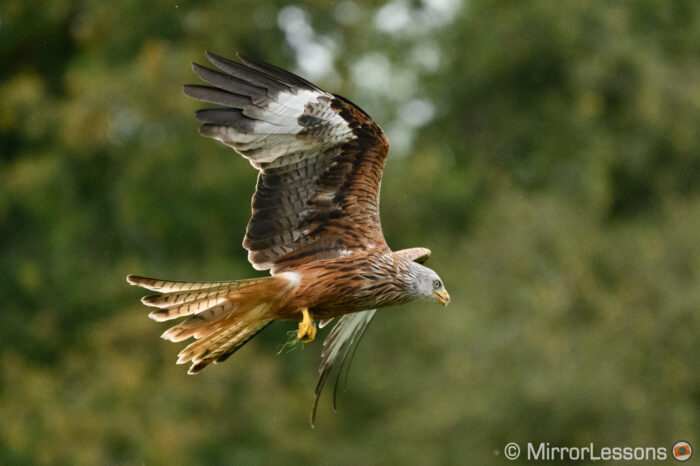
Conclusion
This is the kind of lens you find inside the bag of many photographers, whether they cover sports, events, weddings, nature or all kinds of genres. It’s of the most important high-end zooms a brand can design for photographers.
The Nikkor Z 70-200mm 2.8 is exactly what you’d expect from a 2020 pro telephoto zoom with a constant aperture. It has an excellent build quality and a good degree of customisation.
The optical quality is superb, the AF motor is fast and the optical stabilisation effective (although we could only test it combined with IBIS on the Z6 and Z7). Paired with the TC 1.4x, it performs as admirably.
It comes with a price tag to match its performance, but it is no different from other lenses of its kind. I don’t give ratings on this website, but if I did, this would easily be a 5/5.
Reminder: the links below are affiliate links. If you decided to buy something after clicking the link, we will receive a small commission.
Check price of the Nikkor Z 70-200mm 2.8 VR S on
Amazon UK | B&H Photo | eBay
Check price of the Nikon Z TELECONVERTER TC 1.4x on
Amazon | Amazon UK | B&H Photo | eBay

